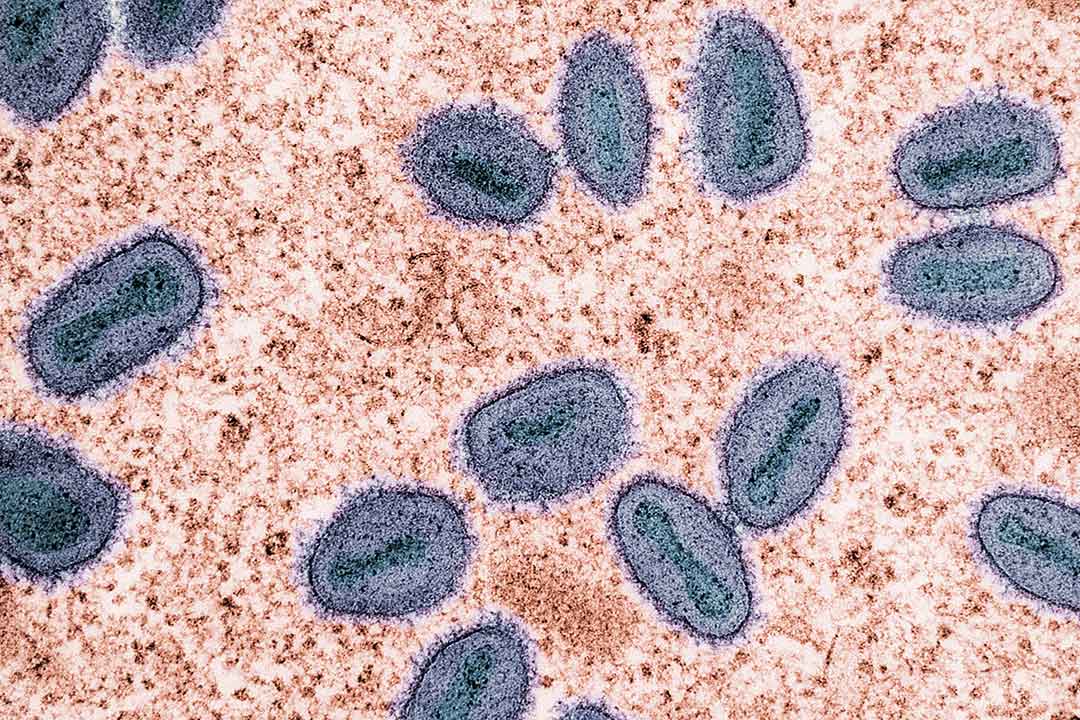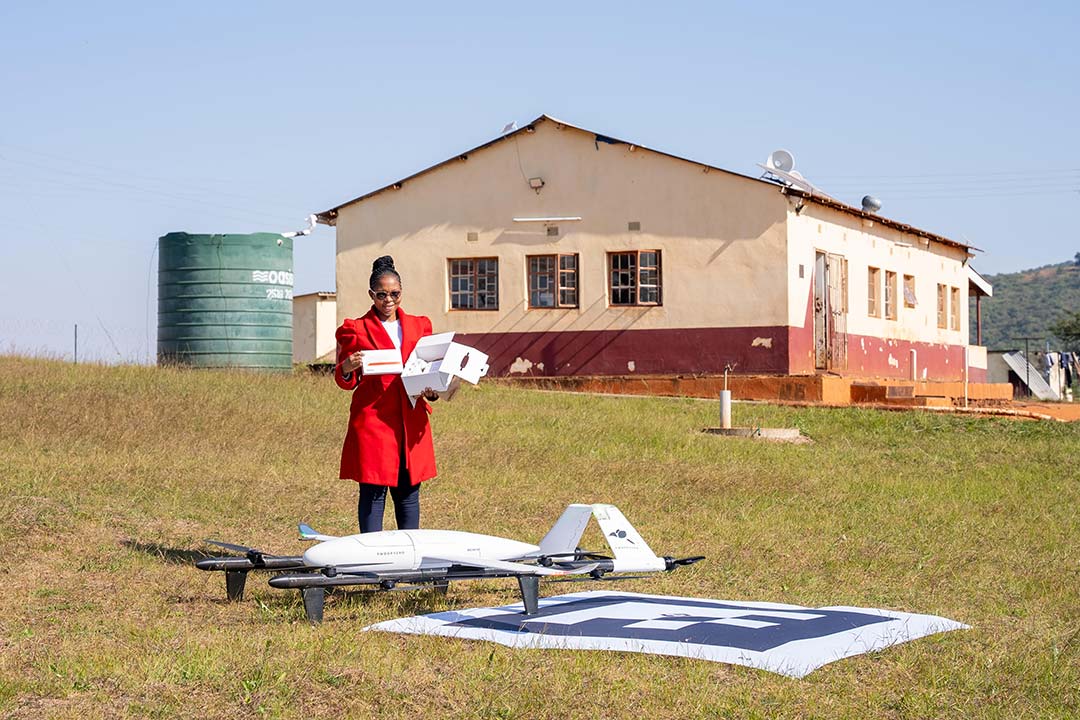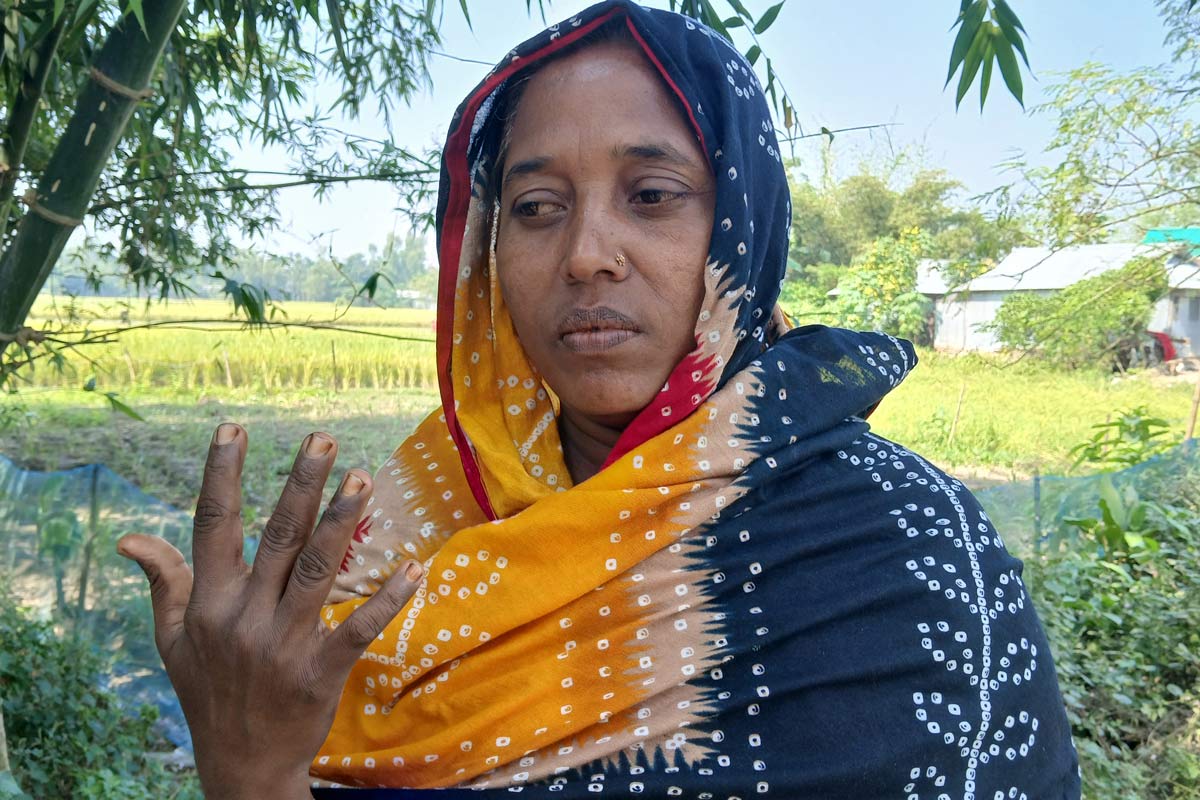What happens when you don’t recover from COVID-19?
During the early months of the COVID-19 pandemic, the main focus of public health systems was on avoiding hospitalisation and death. Yet the lingering effects of SARS-CoV-2 infections are something we should all be worried about, even if our initial symptoms are mild.
- 2 February 2023
- 6 min read
- by Linda Geddes

By now, most people will have experienced at least one COVID-19 infection, and in some cases three or more. If you’re lucky, you will have escaped relatively unscathed, but for hundreds of millions of people around the world, COVID-19 is proving to have a very long tail.
Symptoms of Long COVID, or post-acute sequelae of COVID-19 (PASC)/post COVID-19 condition, as it is officially known, can vary, and may have different underlying causes – the mechanics of which still aren’t fully understood. But although certain groups are at greater risk, it’s increasingly clear that anyone can develop lasting symptoms, and that they can be debilitating.
In the WHO European Region alone, more than 17 million people are estimated to have experienced Long COVID during the first two years of the pandemic, with some still living with ongoing symptoms today.
Mounting evidence also suggests that vaccination reduces the risk of Long COVID, even if it doesn’t reliably prevent it.
Prevalence and risk factors
Estimating the true prevalence of Long COVID has been challenging because people’s experiences are so varied: Some have multiple ongoing symptoms, which change over time, while others just have one persistent problem. The severity and duration of people’s symptoms can also be very mixed. Gradually though, experts have settled on a clearer working definition of what Long COVID is, which makes it easier to estimate how common it is.
According to the World Health Organization (WHO), it is “the continuation or development of new symptoms 3 months after the initial SARS-CoV-2 infection, with these symptoms lasting for at least 2 months with no other explanation”.
Based on these criteria, it estimates that around 10–20% of people may go on to develop symptoms that can be diagnosed as Long COVID. In the WHO European Region alone, more than 17 million people are estimated to have experienced it during the first two years of the pandemic, with some still living with ongoing symptoms today.
Long COVID subtypes
Among the most frequently reported symptoms are fatigue, shortness of breath, and brain fog, although people have reported around 200 different symptoms in total.
Interestingly though, some of these symptoms appear to cluster together, prompting some researchers to suggest there may be different subtypes of Long COVID – potentially with different underlying causes.
Have you read?
According to the ZOE Health Study, which has collected self-reported daily data on people’s symptoms, infection and vaccination status over the past three years, the largest group of Long COVID sufferers report clusters of neurological symptoms such as fatigue, brain fog, headache, and an altered or absent sense of smell. However, these types of symptoms tended to be more common among people infected during the Alpha and Delta waves of the pandemic.
Another group experienced predominantly respiratory symptoms, including shortness of breath and chest pain, which could be associated with lingering lung damage caused by the infection. Such symptoms were more common during the early days of the pandemic, before anyone was vaccinated.
The final group they identified were people with a diverse range of symptoms including heart palpitations, muscle aches and pains, and skin or hair changes.
However, this study only focused on symptoms logged during 2020 and 2021. The team is still analysing data collected during the Omicron era, to see if other clusters have emerged since then.
US researchers have also identified distinct clusters of Long COVID symptoms, based on health records from nearly 35,000 US patients, with some similarities to those identified by the Zoe team.
The first group, accounting for around 34% of patients, was marked by heart and kidney problems, and included a relatively high proportion of patients infected during the first few months of the pandemic.
The second, accounting for roughly 33% of people, included ongoing breathing difficulties, together with anxiety, sleep problems, chest pain and headaches. Nearly two-thirds of those experiencing these kinds of symptoms were women.
Musculoskeletal and nervous system problems dominated the third group, including joint and muscle pain, headaches and sleep problems. This accounted for roughly 23% of patients.
The final subtype was characterised by a mixture of respiratory and digestive problems, and accounted for around 10% of patients.
Possible causes
Investigations into the underlying cause of such symptoms continue, but currently four main theories predominate. The first is residual organ or tissue damage. For instance, body scans have identified tiny blood clots and lung scarring in some patients who have recovered from COVID-19, which might underpin some of the ongoing breathing, heart or circulatory problems that people experience.
An overactive immune system is another possibility. Several research teams have identified autoantibodies – antibodies directed against the body’s own tissues – in some groups of long COVID patients.
Another theory is that small pockets of active SARS-CoV-2 virus can linger in the body, and continue to trigger immune responses, even though the individual no longer tests positive on standard PCR tests. Various studies have identified abnormal immune activity in patients with ongoing COVID-19 symptoms up to eight months after they initially tested positive for the infection. Others have detected viral spike proteins in the blood of Long COVID patients many months after they recovered. Viral reservoirs in the gut are one potential candidate, as genetic material from SARS-CoV-2 has been detected there, sometimes months after the initial infection.
It’s quite possible that more than one of these factors are involved to some degree in some individuals. For instance, damage from scarring of the lungs and blood vessels from COVID-19 may be compounded by ongoing immune system activity.
Finally, some studies have found that Long COVID symptoms may not always be due to previous COVID-19 infection. For example, one study in France found that an individual’s belief that they had had COVID-19 “was associated with most persistent physical symptoms, whereas laboratory-confirmed COVID-19 infection was associated with only [decreased sense of smell].” The different clusters of Long COVID symptoms all resemble the symptoms of other diseases, so some Long COVID patients’ symptoms may be the result of medical problems not dependent on previous COVID-19 infection.
This does not mean that their symptoms should be dismissed or that Long COVID is not real, but it underscores the importance of careful examination and diagnostic testing for long COVID patients to ensure they receive the most appropriate care.
Research into long COVID continues, but this much is clear: even after the pandemic is declared over, COVID-19 will cast a long shadow over the lives of many.







